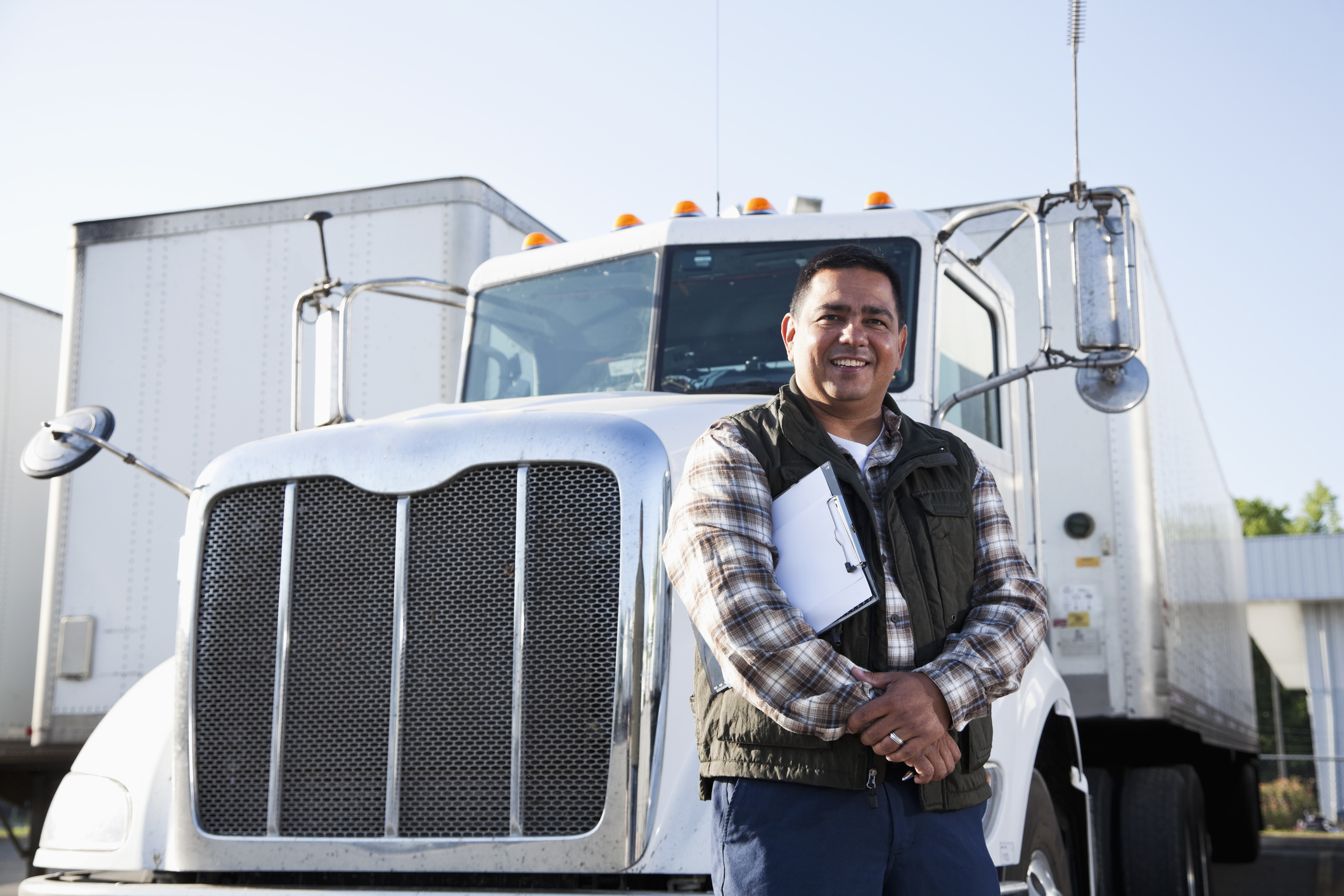East Bay Prison to Employment Program Playing a Role in Equitable Economic Recovery
When we think about an equitable economic recovery, we envision a workforce system that benefits all individuals, especially those who face the greatest barriers to creating the future they want for themselves. That includes justice-involved individuals.
We started our work with formerly incarcerated individuals even before the COVID-19 pandemic, when we joined as a partner in the regional Prison to Employment (P2E) initiative, which was designed to operationalize integration of workforce and re-entry services in California’s 14 labor regions. In 2019, the Alameda County Workforce Development Board (ACWDB) received a $2.3 million P2E grant, with the Workforce Development Board of Contra Costa County (WDBCCC) receiving $467,000 of the grant funds. (Read more about P2E in this presentation of the ACWDB, the fiscal agent.)
“P2E is important to Contra Costa County because these are citizens of Contra Costa, and they want to be contributing members of our society,” said Lakisha Beverly, who as a P2E career coach gets to help program participants transition back into the workforce. “They want to provide for their families and to participate in living and being comfortable in their communities.”
Rubicon Programs operates the P2E program under contract with WDBCCC at the America’s Job Center of California in Concord, helping program participants find jobs, train for jobs, or connect with programs that can help remove barriers to employment or training.
Through the program, individuals are eligible for:
- Employment and training assistance;
- Co-enrollment in the WIOA program, which allows them to benefit from up to $5,000 in financial assistance toward eligible training;
- AB1111 weekly $300 stipends to individuals in training, for up to 16 weeks.
Getting Started in the Prison to Employment Program
P2E receives referrals directly from the Contra Costa County parole office, whose staff members determine which justice-involved individuals would be a good fit for the program. Beverly reaches out to the referred individuals to discuss the program and talk with them about their work goals. Some individuals, she said, want to find a job immediately while others want job training to gain skills that will put them into a career.
“One of the beauties of P2E is there is no set agenda,” Beverly said. “There aren’t necessarily any classes they have to take or things they have to do. They get to design their program a little bit, based on their goals. If they want a job, they can focus on that, or if need training they can do that. It looks different for almost every participant.”
Beverly meets with participants for an intake session, creates a CalJOBS account for them and then they get to work on the participant’s goals. Because some individuals face barriers to employment, such as a lack of stable housing or health-related challenges, it can take a while before they are ready for the job search. P2E refers them to programs to help them work through their challenges to clear the way for a job search or career training.
Moving From Struggle to Hope Through P2E
As a P2E career coach, Beverly is charged with researching options and programs that will help participants reach the work goals they set for themselves. For example, one program participant wants to become a plumber, so Beverly has been exploring program options at local community colleges. She is helping another participant find the best path to becoming a truck driver and another who wants to train to operate heavy machinery.
The program currently has 10 participants enrolled and has room for 20 more. Participants include both parents and grandparents, Beverly said.
“It’s important not only financially that they can provide or assist but that they are physically there because it has a ripple effect,” she explained. “If mom or dad are out of the home, the county, the state, our government picks up those costs, eventually, later. It touches so many different levels. It affects the schools of their children. These programs are critical for a long-term investment in our community.”
Beverly said it thrills her to watch program participants go from a place of struggle to a place of hope. Initially, she said, the participants only see barriers.
“To see them go from ‘I know I want to do this, but I don’t know how I’m going to do this because I haven’t been able to do it up to this point, and I’m 50 or I’m 40’ to start to slowly move to this process where they’re on the phone with some training programs – it’s just over the moon. I’m thrilled for them,” Beverly said.





